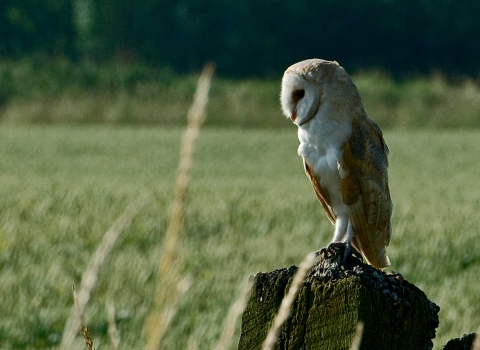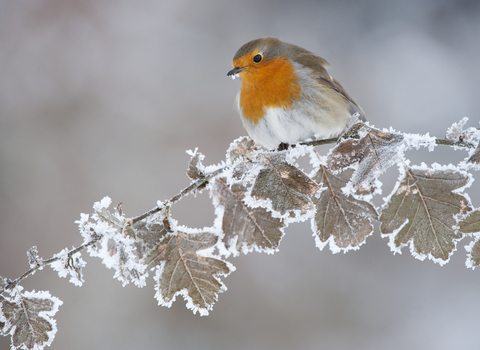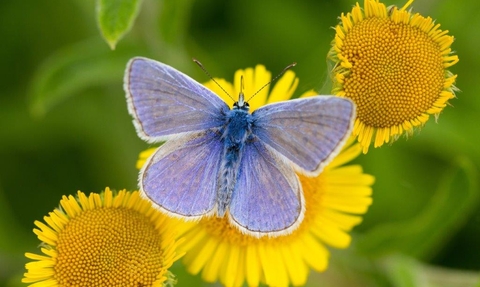
Common Blue Butterfly c. Matthew Hazleton
Connections
Everything Is Connected
From the plant growing in the crack of a pavement, to our gardens, the verges outside our houses, the hedgerows alongside fields between our villages, towns and cities, to farmland, woodland, grassland and beyond, everything is connected. These individual plants, urban trees and local greenspaces are incredibly important to the wider countryside.
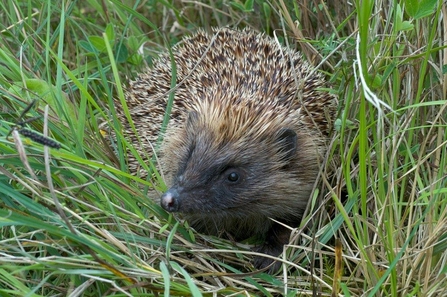
John Bridges
These connections create vital wildlife corridors, enabling wildlife to move between sites, expand and thrive. In our gardens, pollinators, such as bumblebees, hoverflies and butterflies, need the flowers we provide, they in turn, move into neighbouring farmland, pollinating crops and fruit trees. Hedgehogs find sanctuary in our gardens too, scurrying between them and other local green spaces looking for food and shelter. Dormice, one of our rarest mammals, need hedgerows in order to move between woodlands and expand their range. Streams and rivers support a myriad of wildlife. Lakes, reservoirs and gravel pits are nationally important for breeding and migrating birds.

The Wildlife Trust BCN
Our nature reserves are vital hotspots for wildlife, crucial for the survival of many threatened species. But it is the countryside in between which provides the connections enabling nature reserves to fulfil their purpose, as nodes in a nature network. Reserves are just a small part of protecting the wildlife we love.
Creating a Wilder Future
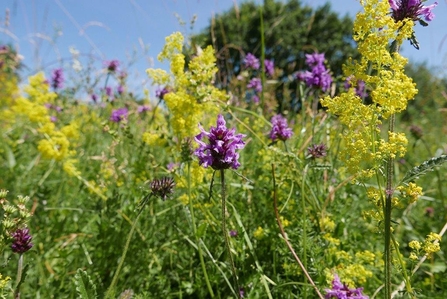
Betony at Upwood Meadows June - c. Robert Enderby
Country Wildlife Sites
These valuable habitats cover 5% of Northamptonshire, 7% of Bedfordshire and 3.5% of Cambridgeshire. These places are home for some of our rarest habitats and species yet are not protected by law and do not benefit from national recognition of their importance. They are protected purely through the goodwill of their owners and managers, which can include individuals, businesses, charities and local councils.
We provide free advice and information to landowners on managing these sites. We also run a monitoring programme that aims to visit each site periodically to find out what wildlife is there. Over the last few months we’ve been able to survey more than 60 of these CWS to help their owners understand their importance in the wider countryside.
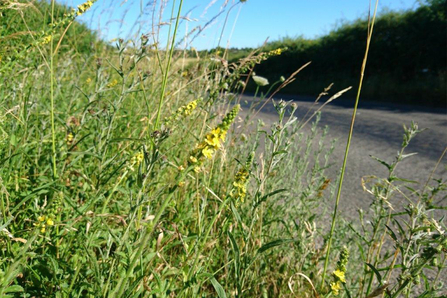
Agrimony on a protected roadside verge near Kingston - c. Robert Enderby
Vital Verges
With the decline of traditional hay meadows, verges alongside our roads contain some of our best remnants of species rich grassland. They also provide important wildlife highways for many species.
We surveyed all 13 Roadside Nature Reserves in Bedford Borough over the summer providing recommendations to the council on how the habitats can best support local biodiversity.
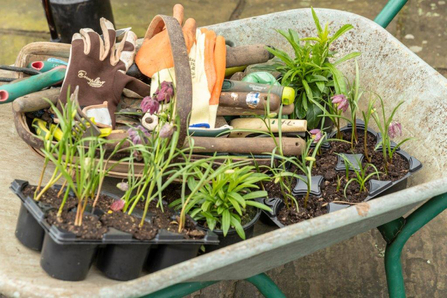
Gardening c Penny Dixie Wildlife Trusts
Gardening for Wildlife
There are an estimated 24 million gardens in the UK, providing a mosaic in a wider network of natural havens linking urban green spaces with nature reserves and the countryside.
Hedgehogs, bats, sparrows, song thrushes and stag beetles are all declining species in the UK, but if we manage our gardens to benefit wildlife, these creatures and many more will find refuge. We provide advice and guidance on making gardens wildlife friendly.

Yorkshire Churchyard Yorkshire Wildlife Trust
Peaceful Churchyard Havens
Every town and village has them and they can be havens for wildlife. Grassland habitats within churchyards are particularly important for wildflowers, butterflies and insects. Even churchyards that are less wildlife-rich are still important, providing a link between other sites, allowing threatened species to move and spread.
Our Conservation Churchyard Award scheme helps people to increase the abundance of wildlife in their churchyards.
Wilding the Wider Countryside
As a supporter, your contribution to our work ensures that we stand up for nature, continuing to make connections between habitats, restoring them and expanding them. With your help, we can ensure nature is a valuable part of all our lives. Please consider making a donation to support wildlife.

Dormouse Old Sulehay NR - c. Henry Stanier
Help protect nature beyond our reserves
£25 could pay for a sweep net for insect surveys
£60 enables us to carry out a field survey, helping us to monitor populations of dormice, bats, insects, orchids and other wildflowers
£80 helps buy a static bat detector to monitor bat activity in woods and along hedges
£150 buys 25 small holding bags, spring scales and calipers for monitoring individual animals
£200 pays for an advisory visit to help a landowner plan for a more vibrant and living landscape
£500 supports a day educating local decision makers about how we can protect wildlife for the future

